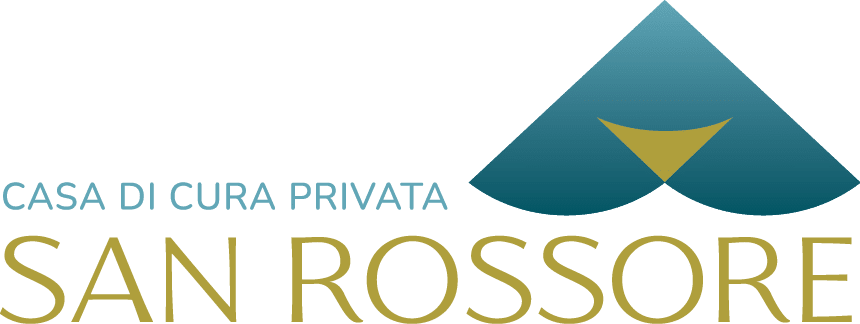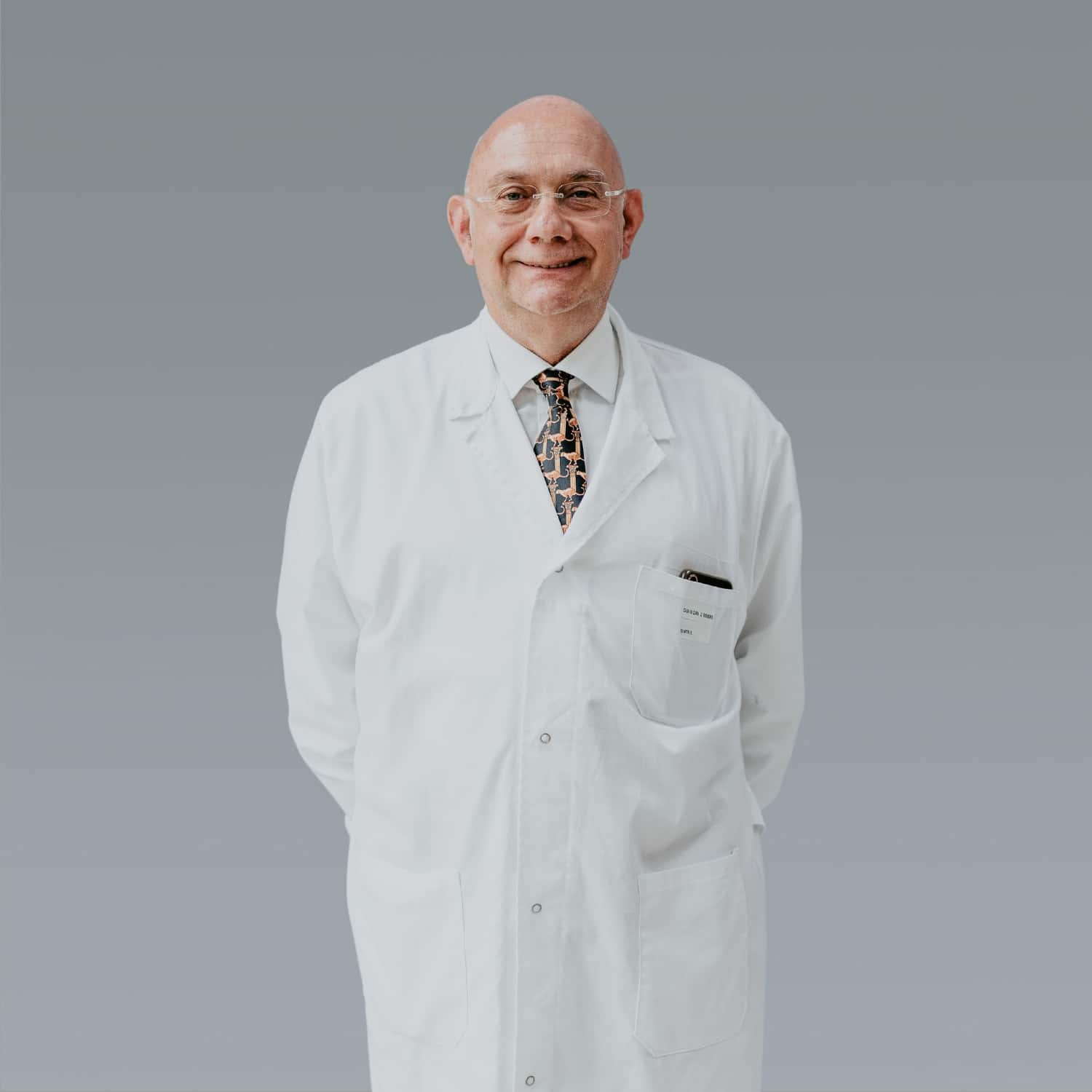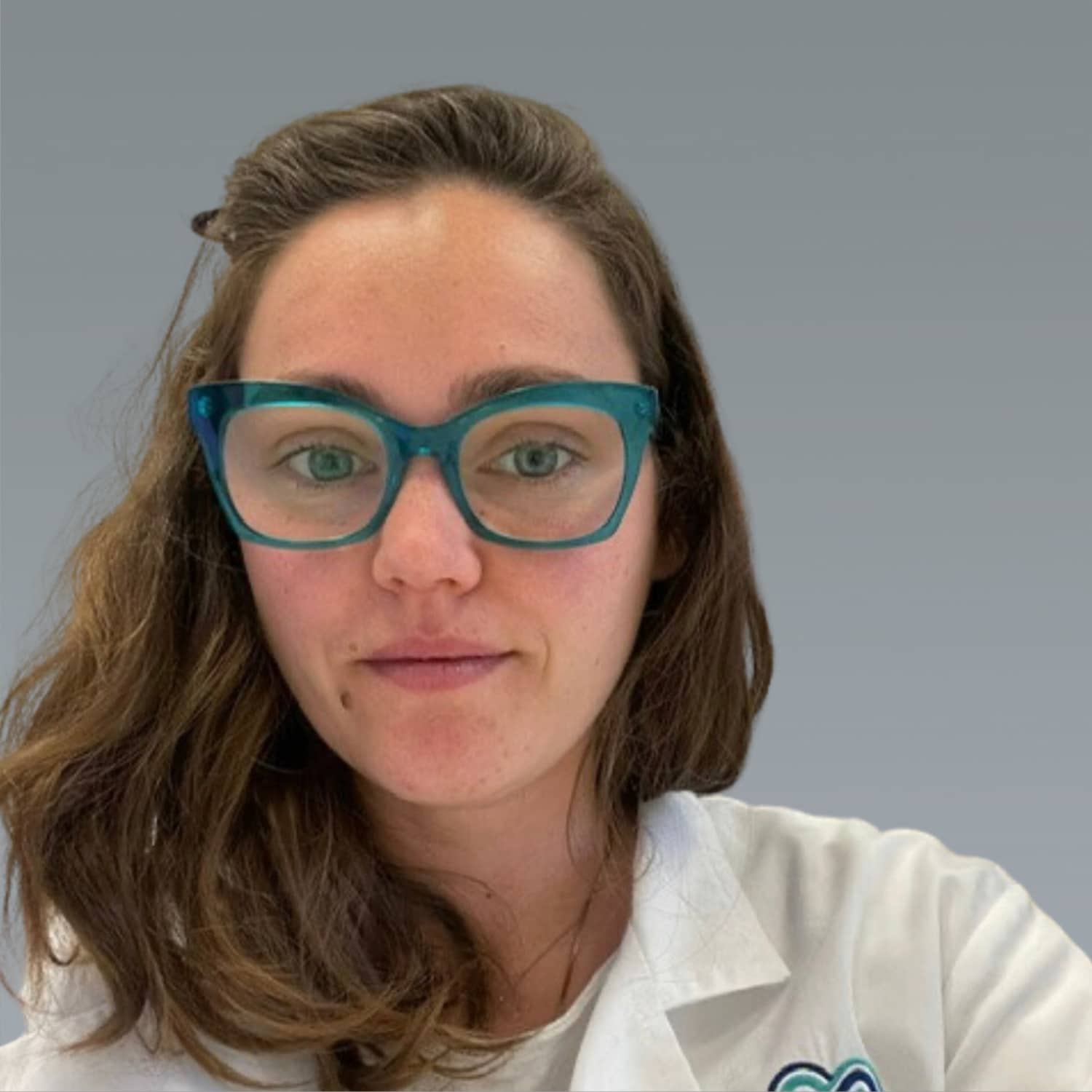Phlebology
Phlebology is a discipline that deals with the Diagnosis and Treatment of venous diseases starting from blemishes, such as lower limb telangiectasias and angiomas, to the treatment of varicose veins, treatment of malformations, lower limb ulcers and thrombosis.
Treatments:
- Capillaries of the Lower Limbs
- Couperose
- Angiomas
- Cellulite
Performance and therapy
VARICES OF THE LOWER LIMBS
Definition: varicose veins are a pathological dilatation of certain veins in the lower extremities and represent stage II Chronic Venous Disease. This disease is more frequent in the female sex (3:1 to 4:1), has a pronounced familial component, and other factors such as type of work activity, work environment, diet (importance of weight) and physical activity influence it.
Symptoms: They can cause complaints such as heaviness of the legs, edema (swelling) of the ankles, itching, tingling, pain, burning, and night cramps. In more severe cases and if present for a long time, thrombophlebitis of some of them, eczema (reddened and itchy lesions), skin dichromia associated with hardening of the skin (lipodermatosclerosis), and in even more severe cases ulcers may appear.
Types of intervention:
It is important, before undertaking any treatment, to undergo a specialty examination which must necessarily include in the course of it an examination Ecocolor-Doppler to define the origin, the cause, which led to the development of varicose veins and the best approach to eliminate them.
MICROSURGERY
Indications: all those patients at the early stage of the disease are candidates.
Type of Anesthesia: local
What the surgery consists of: using microincisions, varicosities are surgically removed. This type of technique, precisely because of its minimally invasive nature, does not involve cutting and therefore scarring; only sterile patches are applied after varicose veins are removed.
Post-operative course:after surgery, the patient walks immediately and after about 20 minutes can return to his or her activity.
TRADITIONAL SURGERY
Indications: All those patients in advanced stage of disease with excessive dilatation of the great saphenous vein or who have abnormalities in the course of the great saphenous vein and therefore cannot be subjected to endovascular treatments (LASER or Radiofrequency)
Type of anesthesia: local assisted
What the surgery consists of: a small cut (about 4-5 cm) is made in the groin, the diseased part of the great saphenous vein is removed, and the surgery is completed by removing the varicose veins present through microincisions (about 2-3 mm).
Type of hospitalization: Day Hospital
Post-operative course: about 15 minutes after surgery, ambulation is resumed, and after about 2 hours, the patient is discharged. The patient should wear an elastic stocking for about two weeks.
LASER OR RADIOFREQUENCED SURGERY
Indications:Candidates are those patients whose stage of disease is not advanced and whose great saphenous vein or small saphenous vein to be treated show specific ultrasound features.
Type of Anesthesia: local
What the procedure consists of: a micro-incision (about 2-3 mm) is made on the thigh or leg (the location varies from case to case), a LASER or Radiofrequency fiber is inserted inside the vein to be treated; an ultrasound-guided tumescent anesthesia of the venous axis is performed and the vein is obliterated. The procedure is completed with the removal of any varicose veins present using microincisions (approximately 2-3 mm).
Type of Hospitalization: outpatient
Post-operative course: The patient can ambulate about 10 minutes after surgery, and after about 30 minutes, he or she can be discharged. The patient should wear an elastic stocking for about two weeks.
SCLEROTHERAPY / SCLEROFOAM
Indications:any type of patient can undergo this procedure. It is generally reserved for those who cannot cope with the previously described interventions (the result of which has a longer duration of time)
Type of Anesthesia: none
What the procedure consists of: a chemical substance in liquid or foam form (Scleromousse or Sclerofoam) is injected inside the vein to be treated;
Type of Hospitalization: outpatient
Post-operative course: the patient ambulates immediately and can, after about 30 minutes, be discharged. The patient should wear an elastic stocking for at least two weeks.
EMODYNAMIC TREATMENT (CHIVA or ASVAL)
Indications:any type of patient can undergo this procedure.
Type of anesthesia:local/local assisted
What the surgery consists of: This technique involves multiple surgeries scheduled a few months apart with the aim of facilitating the passage of blood flow from diseased superficial veins to deep veins. Small incisions (2-3 mm to 4-5 cm) are made in one or more places on the thigh or leg by which certain types of veins are ligated. There is no removal of present varices, which disappear independently over time.
Type of hospitalization: outpatient
Post-operative course: depending on the level at which surgery is performed, the patient ambulates immediately or after about 20 minutes and can be discharged after about 30 minutes. The patient should wear an elastic stocking for at least two weeks.
Phlebology is a discipline that deals with the Diagnosis and Treatment of venous diseases starting from blemishes, such as lower limb telangiectasias and angiomas, to the treatment of varicose veins, treatment of malformations, lower limb ulcers and thrombosis.
- Capillaries of the Lower Limbs
- Couperose
- Angiomas
- Cellulite



